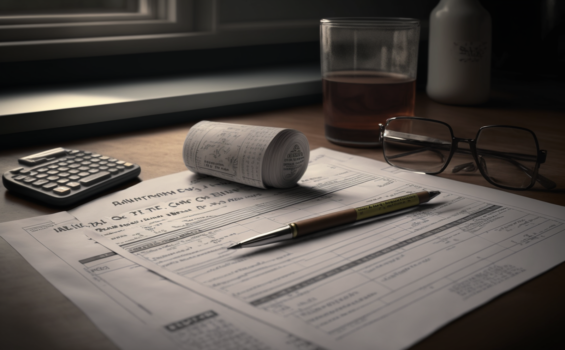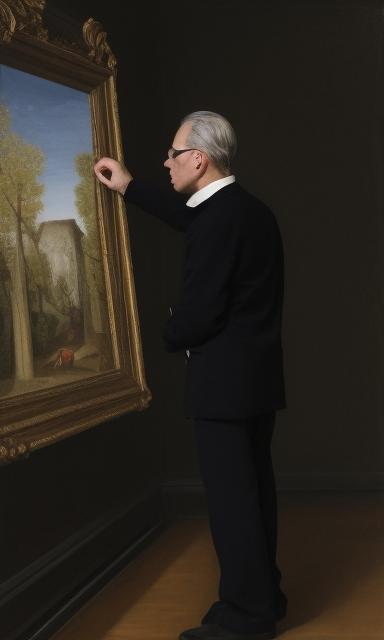Test 8
Eight practical tests to authenticate and value antiques and art, plus comparables, condition, ethics, and a field-ready checklist for appraisers.
Eight practical tests to authenticate and value antiques and art, plus comparables, condition, ethics, and a field-ready checklist for appraisers.
A practical guide for antiques and art appraisal enthusiasts covering provenance, materials, market context, valuation language, and ethics.
What an appraiser actually does when cataloging fine art—methods, standards, and checklists for accurate records, valuation, and risk management.

Appraise antiques and art with confidence: define value types, identify and date objects, build comparables, weigh condition and provenance, and choose the right market.

Decode artistic 'value' and market value: learn to read light and dark, spot condition issues, and tie connoisseurship to defensible appraisals.
How market, provenance, condition, legality, and iconography drive the value of Pre-Columbian art—and how to appraise and collect responsibly.

Learn how to identify, date, grade, and price old sheet music. A practical collector’s guide to rarity, condition, demand, and market comps.

A collector’s guide to intrinsic worth in art: how appraisers build value from provenance, condition, comparables, and context—beyond the price tag.

Expert guidance on evaluating artwork value—provenance, condition, market comps, and investment strategy—for collectors and appraisers.

Get defensible, USPAP-compliant art appraisals for insurance. Choose the right appraiser, prep your works, and optimize coverage and premiums.

Get a reliable valuation for your Charles Bibbs art with a professional appraisal. Learn key value factors, prep steps, and smart next moves.

Seven must-follow rules to get an accurate, IRS-ready tax-deductible appraisal for art and antiques, with timing, valuation, and documentation tips.

Understand qualified appraisals for art and antiques: definitions, process, IRS rules, fees, and how to choose a qualified appraiser.

Why an IRS qualified appraisal matters for art and antiques: secure deductions, reduce audits, get accurate FMV, support estate/gift filings, and plan wisely.

Thinking of donating art or antiques? Learn four advantages of a qualified charitable donation appraisal—tax, risk reduction, market insight, and smoother gifts.

5 costly drawbacks of skipping IRS Form 8283 for art and antiques donations, plus rules, thresholds, and a checklist to stay compliant.

8 must-meet requirements to produce accurate charitable donation appraisals for art and antiques, from FMV and provenance to timing and IRS Form 8283.

Understand the four core valuation principles appraisers use to produce IRS-compliant estate tax appraisals for art and antiques, with examples and tips.

Six concrete benefits of a gift tax appraisal for art and antiques, from IRS compliance to smarter planning and audit protection.

Five valuation principles qualified appraisers use for tax-related art valuations, plus guidance on qualified appraisals, markets, comparables, and documentation.